5 ways your car will change in 2016 and beyond
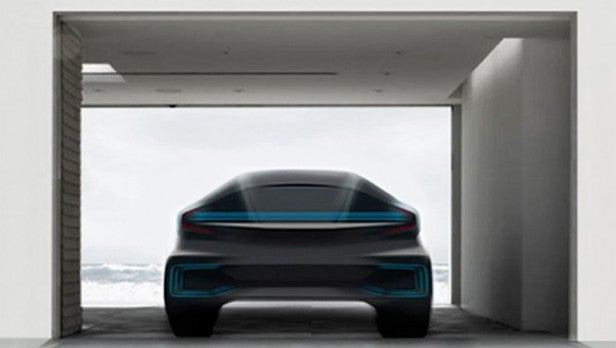
Your car is about to change thanks to these awesome advances
Remember when CES used to be about laptops and TVs? Not any more, it seems – or at least, not exclusively. For while there were flat screens of all shapes and sizes at CES 2016, there appeared to be a new focus on automotive technology.
In fact, CES 2016 almost resembled a car show at times. Here are some of the best examples of car technology from the show.
Related: Apple Car: Everything you need to know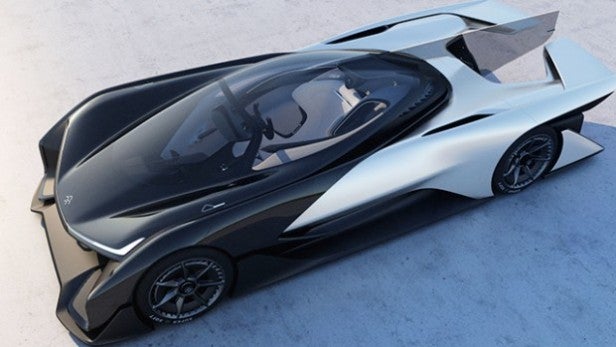
Faraday Future
First up we should really consider Faraday Future. This secretive would-be Tesla rival had a striking concept car to show off in the FFZERO1 – a 1000bhp, 200mph monster of an electric sports car.
But it was arguably the platform that the Batmobile-a-like was sitting on that was of real interest. FF’s Variable Platform Architecture is where the company’s future is at, providing a modular platform that can be configured to a variety of car types, from slinky sports cars to hulking four-by-fours.
The VPA will also use ‘strings’ of batteries that will be much quicker and easier to change than current solutions.
Faraday Future is also preparing for an automated future. It claims that the FFZERO1 could even meet you at the track when you fancy doing a few laps.
Related: What is Faraday Future?
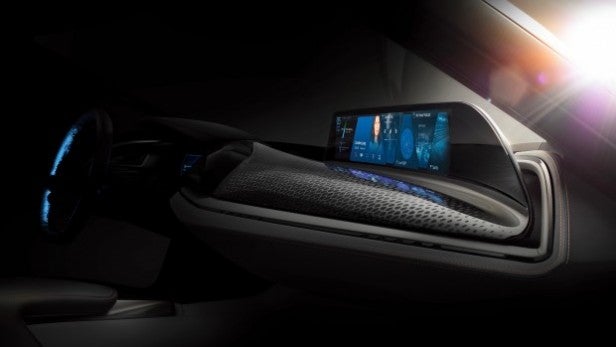
BMW i8 concept and AirTouch
BMW used modified versions of its i8 hybrid sports car to show off a number of exciting new techy features.
One such feature was a completely mirrorless set-up. In place of wing mirrors, you get a couple of camera arrays that, along with a couple of rear-mounted camera, combine to provide a complete rear view for you. This is projected on a display that sits where a real physical rear-view mirror would normally sit.
BMW also had a new gesture-based control system on display in an i8-based concept cockpit called the iVision Future. AirTouch technology sees three sets of sensors placed across the dash, allowing the driver or passenger to navigate through the 21-inch stretched dash display’s systems without actually touching it.
The system will even predict which selections you might be likely to make in order to cut down the amount of time a driver has to take their eyes off the road.
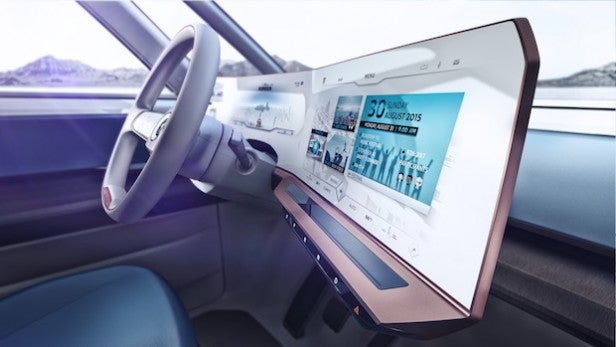
VW Budd-e concept
VW hasn’t enjoyed the best press of late, but it didn’t shrink back from offering its Budd-e concept.
This electric minivan (of sorts) is built on a similar modular platform concept to Faraday Future’s VPA. VW calls its version the MEB.
Here in the Budd-e, it’s configured with two electric motors – one at the front and one at the back – to give it four-wheel drive and a range of 233 miles on a single charge. What’s most impressive about that battery, however, is that it can be charged in just 15 minutes.
Another noteworthy feature of the Budd-e concept is its connectivity to your home network. VW calls it “the first car in the Internet of Things.”
To what end? Well, you would be able to control your home’s lights, heating, and your television set from the comfort of your car’s dashboard – perfect for setting things up on your drive home.
Like BMW’s concept, there’s a gestural interface combined with touchscreen inputs, leaving a pretty much buttonless dash.
VW sees the Budd-e concept becoming a reality as soon as 2019.
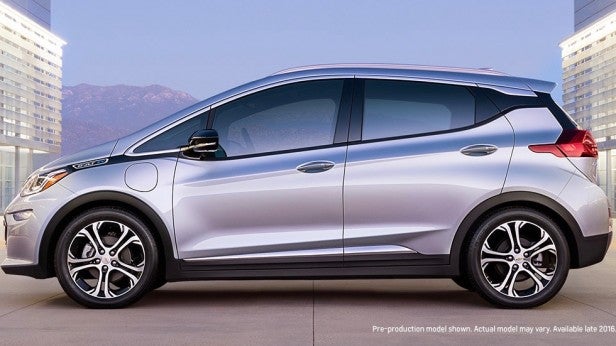
Chevy Bolt EV
We don’t really have the same attachment to the Chevy brand as our American cousins, but the Chevy Bolt EV hatchback is worth a mention here.
It’s not an outlandish high-end concept like the other cars on this list. Rather, it promises to provide something of more value to more people – an affordable electric car.
It’s all relative of course, but $30,000 is more like the kind of price average households pay for a regular car these days. The key difference is, most cars don’t run on an all-electric motor with a range of 200 miles.
There’s a 10.2-inch touchscreen infotainment system and 4G LTE connectivity here, but the Chevy Bolt EV isn’t particularly sexy from a tech standpoint. But it’s a car that could signify the mainstream availability of the kind of tech we’ve discussed above.
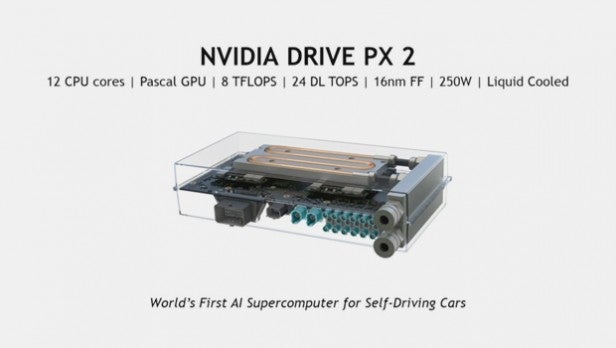
Nvidia Drive PX2
It wasn’t just automobile manufacturers with the big car products at CES 2016. Chip maker Nvidia kicked things off with news of a new ‘supercomputer’ that could drive a new generation of cars.
The Nvidia Drive PX2’s 12 cores and 8 TFLOPS of performance (think 150 MacBook pro laptops) provide deep learning capabilities – AI, essentially.
Naturally, this means that the Drive PX2 will do much more than just skip music tracks and manage the air con in your car. It’s designed to drive the sophisticated automated driving systems of tomorrow.
More specifically, Nvidia reckons this extra power can be put to use on those unpredictable driving events, such as debris in the road, poor weather, and erratic fellow drivers.
Nvidia already has its own reference platform, Nvidia Drivenet, that can perceive just such obstacles in realtime. The company claims that BMW, Audi, and Ford are already using its systems in their own automated efforts.


